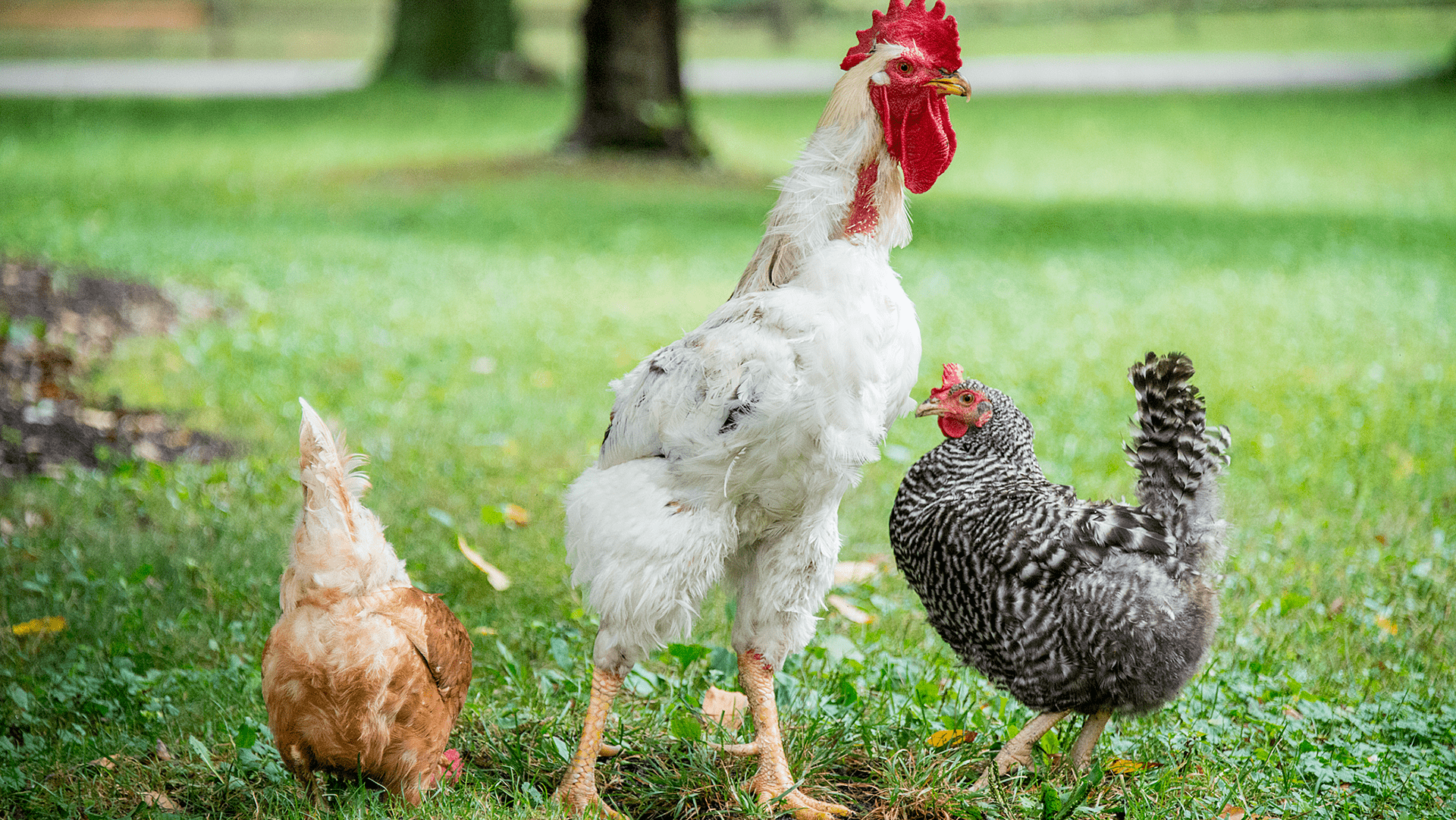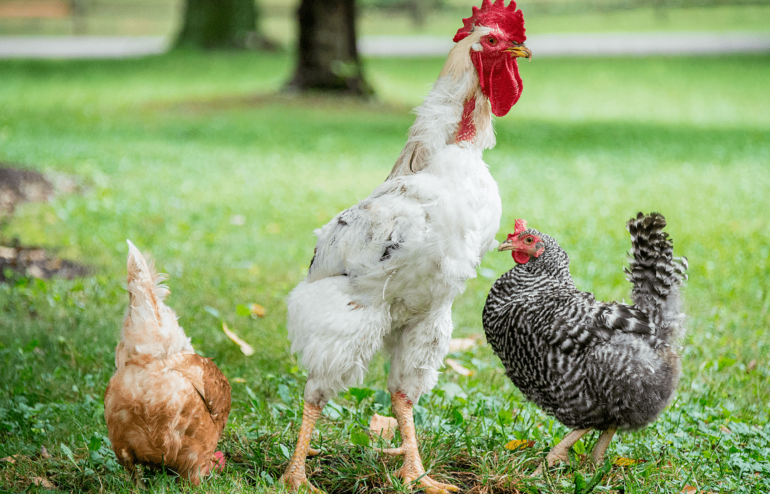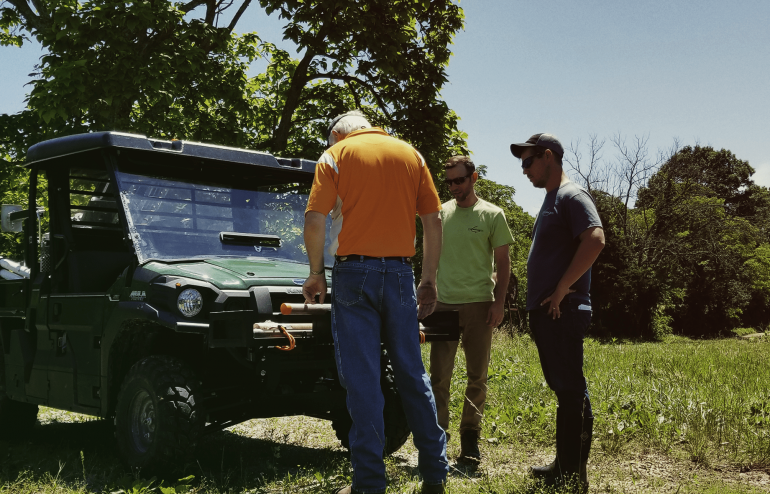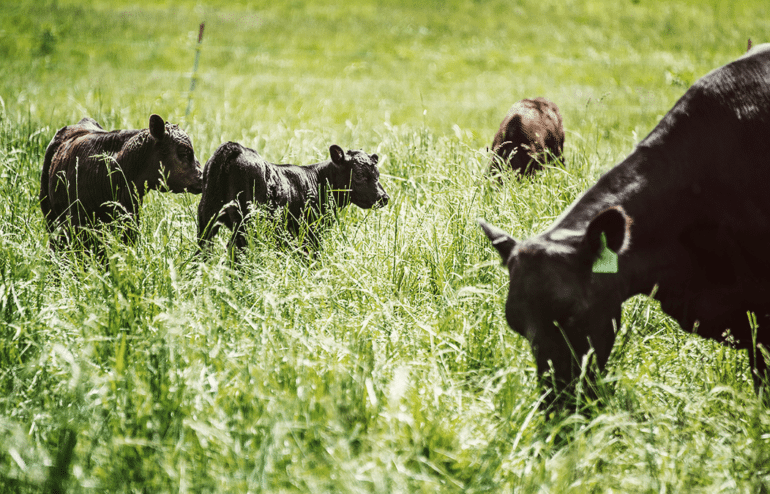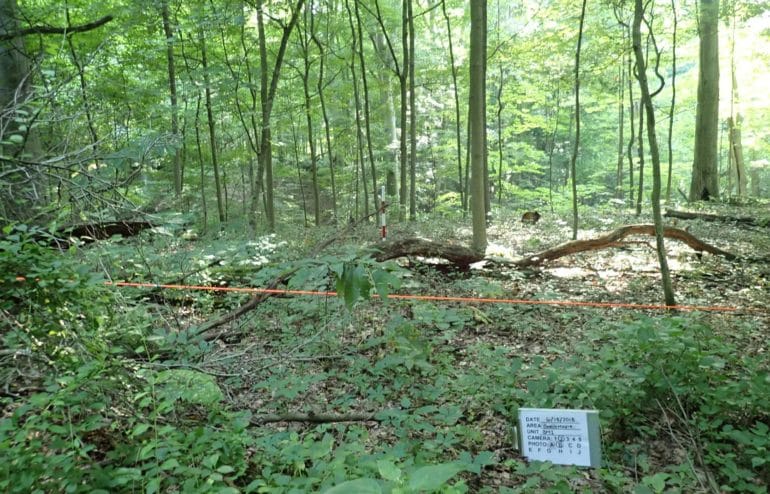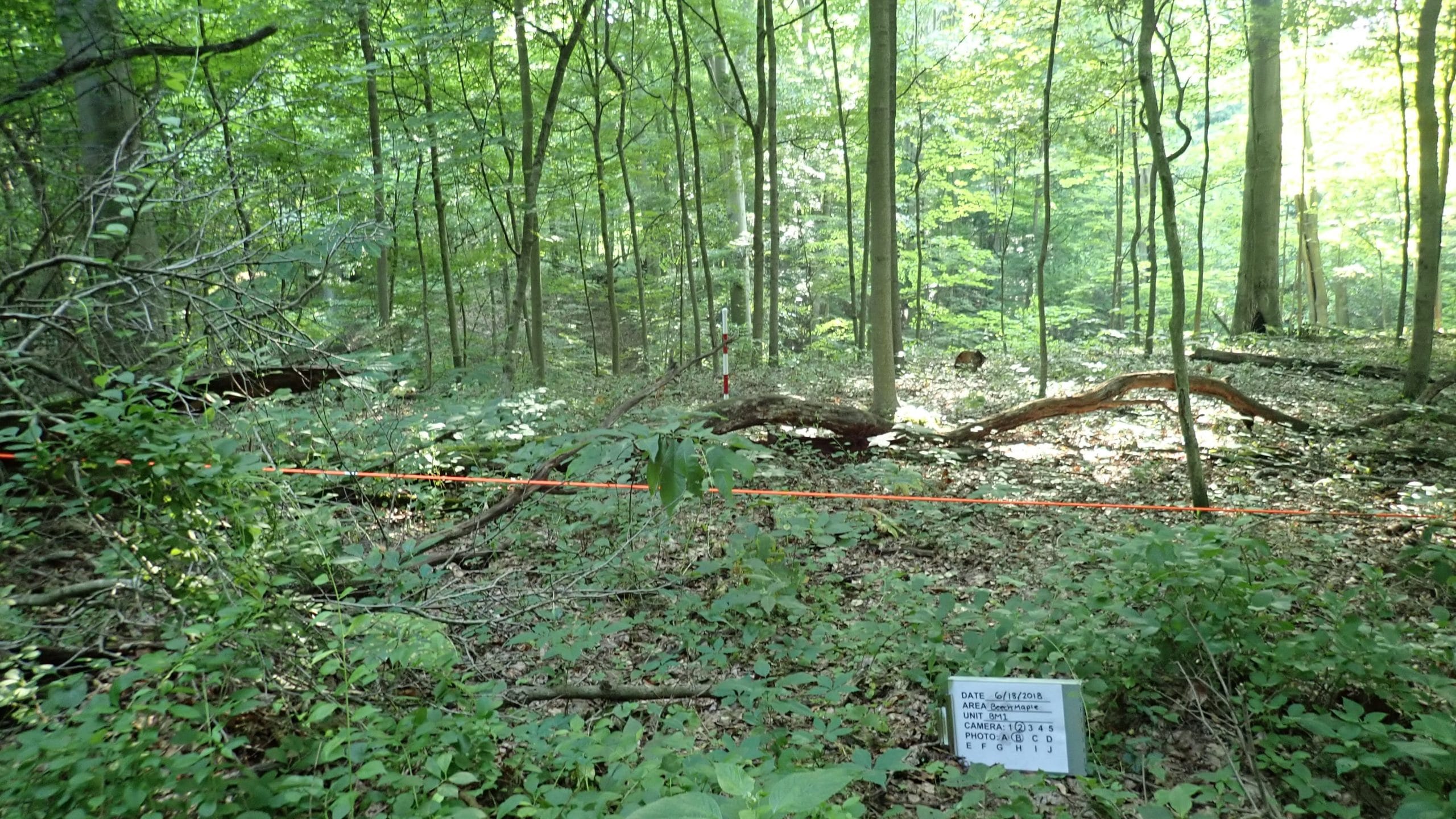You like beef. You aspire to be healthy. For years, you were told that red meat wasn’t good for your health and you were left with a difficult decision. Choose red meat and throw caution to the wind or give up beef and live a life without this delicious and readily available protein. Then came grass-fed beef with promises of healthier fat ratios and vitamin content, essentially the best of both worlds. As a beef lover you could finally have your cake and eat it too, or could you?
As the Information Age continues to drive us to make healthier decisions, it is unsurprising that grass-fed beef is surging in popularity with its healthier nutritional qualities. Unfortunately, there is some misinformation about what actually qualifies as grass-fed. Not just a marketing ploy that your neighborhood gastropub uses to sell $15 hamburgers, it would be easy to assume that grass-fed cattle spend their entire lives on a pasture, happily grazing on grass. This is not always the case. It is entirely possible that beef labeled as “grass-fed” never will taste another nibble of fresh grass once weaned from their mother. Instead they could be fed harvested forages — such as hay, silage, and grain by-products — out of feed bunks on a dry lot, similar to grain fed.
You might be wondering how this is possible. In 2016 the USDA withdrew its “grass-fed” label, leaving each beef producer individually responsible for defining grass-fed. Let that sink in for a moment; the beef producer now determines what it considers to be grass-fed. This leaves room for interpretation and many questioning the nutritional properties of the grass-fed beef they purchase and consume.
With these inconsistencies in mind, Greenacres Foundation partnered with Michigan State University to sponsor and participate in the largest nutritional study of grass-fed beef ever completed. 750 samples of beef labeled as “grass-fed” were collected and analyzed to determine if there were any differences in nutritional quality. The results of the study found that when it comes to the nutritional quality of grass-fed beef, what the cattle eat and where they eat it, really does matter.
The research revealed that there is a tell-tale sign of beef that had grazed fresh forages on pasture; its nutritional profile. The study shows that nutritional hallmarks associated with grass-fed beef are highly correlated to the cattle’s consumption of fresh growing forages without any additional supplementation of grain or grain by-products. Fresh forages, when grazed on pasture, are high in fat soluble vitamins beta carotene (a precursor to vitamin A) and alpha tocopherol (vitamin E) and also leads to a more favorable ratio of omega-6 (n-6) to omega-3 (n-3) fatty acids in the finished product.
The n-6 to n-3 ratio appears to be a key indicator of beef production methods. The ratio in which these fatty acids are consumed are also important for human health considerations. The ideal n-6 to n-3 ratio in the human diet is 1:1. However, it is common for humans eating a typical Western diet to consume a ratio of 20:1 or greater. This is often due to the consumption of large amounts of oils that are high in n-6 (such as corn, soy, safflower, canola, and vegetable). In addition, Westerners often don’t eat enough food that is rich in n-3, such as salmon and other fatty fish. The skewed ratio of pro-inflammatory n-6s and anti-inflammatory n-3s have been hypothesized to be a contributor to the diseases of chronic inflammation often seen in Western societies. These diseases include certain types of cancer, diabetes, cardiovascular disease, and autoimmune diseases.
A look into the literature for grain-fed beef — which is often finished on rations of corn and soy — shows n6 to n3 ratios that typically fall in the vicinity of 8:1. The results from our research indicated that beef labeled as “grass-fed” that had been fed harvested forages and supplemented with grain by-products can have n-6 to n-3 ratios that are similar to those seen in grain-fed beef and in some cases much higher (15:1 to 27:1). Greenacres’ own herd is grass-fed and grass-finished and has been raised on pasture, grazing on fresh forages, when available, for the entirety of its life. Because of this, Greenacres beef averages an n-6 to n-3 ratio of 2:1. The ratio in which n-3s are combined with n-6s are an important measure if you are trying to find the most nutritious beef for you and your family. As a consumer, you may want to do more than read the label because not all “grass-fed” is the same.
